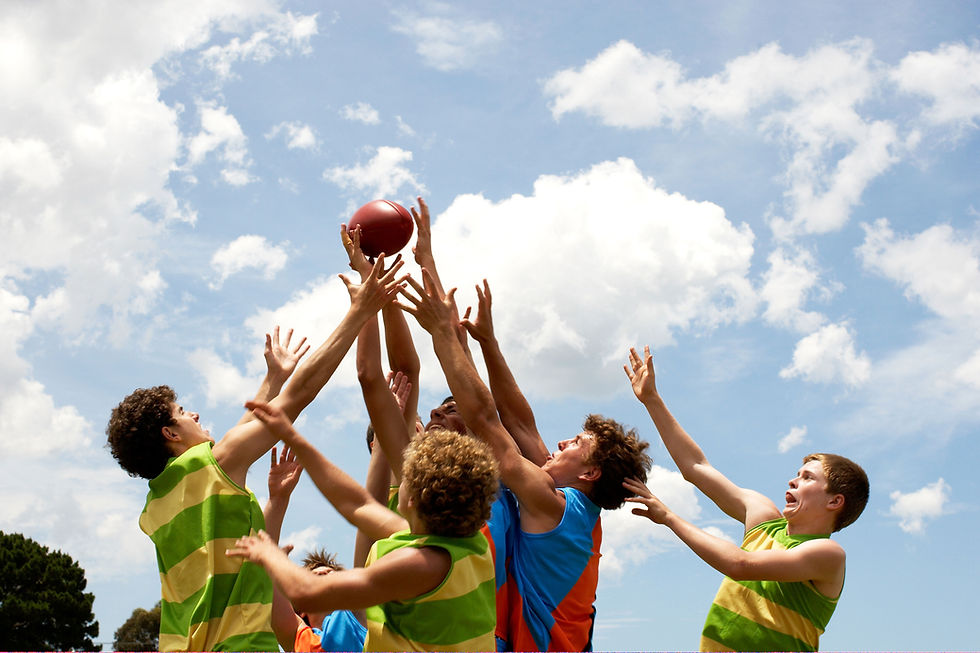Will the 2024 NAPLAN Medal Tally Be Dominated by High ICSEA Kids?
- Andy Mison

- Aug 6, 2024
- 2 min read

The 2024 NAPLAN results will be publicly available this month in the midst of Australia's competitive success at the Olympics, and with them, the inevitable media frenzy comparing schools and students. We love to celebrate winners in Australia, but does this competitive spirit in education work for or against us? Before we get caught up in the rankings, let's ask a topical question: will the academic medal tally be dominated by students from high ICSEA backgrounds, and are we ok with that?
For those unfamiliar, NAPLAN (The National Assessment Program — Literacy and Numeracy) provides a snapshot of how Australian students in Years 3, 5, 7, and 9 are performing in key areas. However, as the 2022 PISA data reveals, the achievement gap between students from high and low socioeconomic backgrounds (ICSEA) is widening.
This isn't just a matter of some students doing better than others. There are well documented systemic issues within Australian education contributing to this situation. There is one factor that is not often discussed: the relatively uncontested and increasing marketisation of our schools.
The "choice" narrative, a cornerstone of marketisation, has led to greater segregation and stratification within our education system. Students from disadvantaged backgrounds are increasingly concentrated in certain schools and areas, while more affluent families have greater access to higher-resourced institutions. Our governments exacerbate the situation with inequitable and complicated subsidies.
NAPLAN data, intended to inform parental choice, is often used to reinforce this divide. Schools with strong NAPLAN results become more desirable, attracting higher-ICSEA students and further entrenching the socioeconomic imbalance.
A recent study by Perry et al. compared Australia and Canada, two countries with similar demographics and economic contexts but differing levels of education marketisation suggests that 'educational marketization reduces educational equity and effectiveness by increasing school social segregation and stratification of resources.' [1]
The study found that:
● Australia has higher levels of school choice, competition, and privatisation than Canada.
● This marketisation is linked to increased school segregation and stratification of resources in Australia.
● Consequently, socially disadvantaged students in Australia have significantly lower academic performance compared to their Canadian counterparts, without any corresponding gain for socially advantaged students.
______________________________________________________________________________
[1] The impact of marketization on school segregation and educational equity and effectiveness: Evidence from Australia and Canada, 2024- Murdoch University https://researchportal.murdoch.edu.au/esploro/outputs/journalArticle/The-impact-of-marketization-on-school/991005637960907891
_________________________________________________________________

These findings suggest that marketisation, while offering the illusion of choice, can actually undermine educational equity and effectiveness. When schools are forced to compete for students and resources, those with existing advantages are more likely to succeed, leaving disadvantaged students further behind.
Returning to our "academic medal tally," it's clear that not all students are competing on a level playing field. Some have access to the best coaches, facilities, and training regimes, while others are left struggling to even qualify.
This isn't about demonising high-achieving students or their families. It's about recognising that a system that prioritises competition and choice over equity ultimately fails all students. We need to move beyond the simplistic narrative of "winners" and "losers" and create an education system that empowers all young Australians to reach their full potential.
.png)



Comments